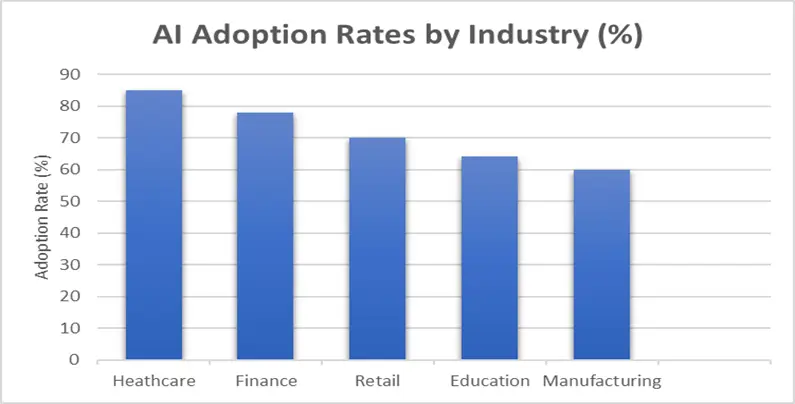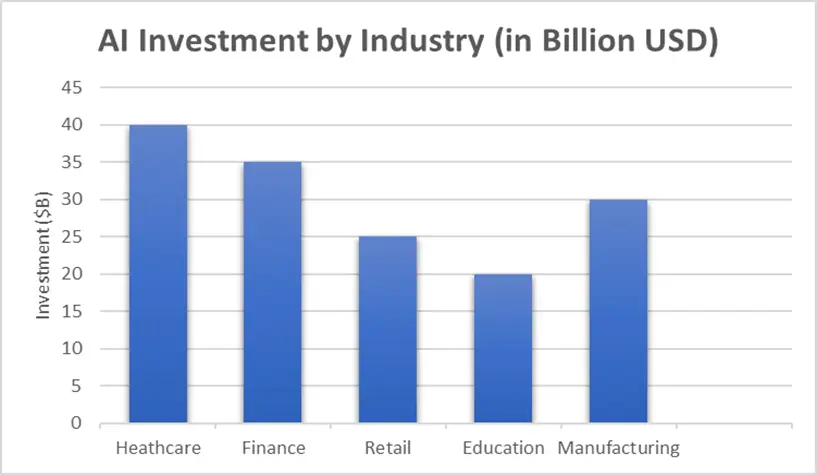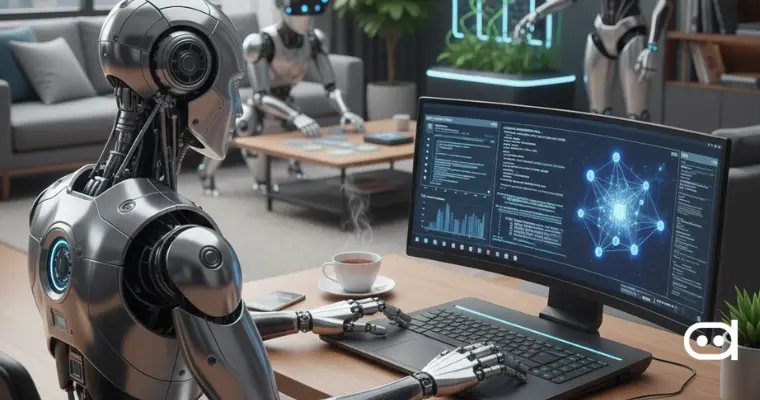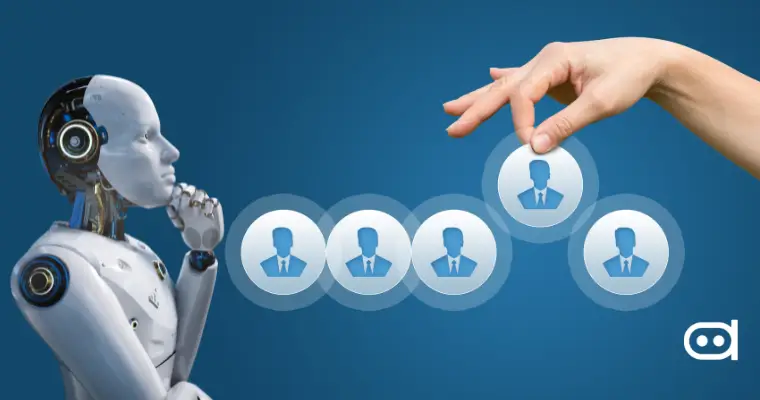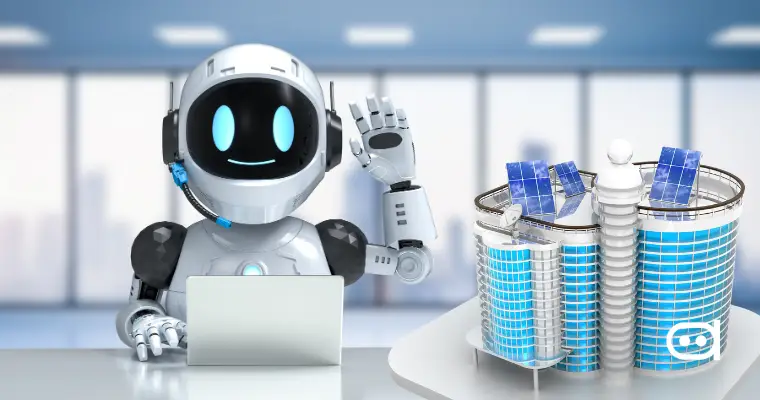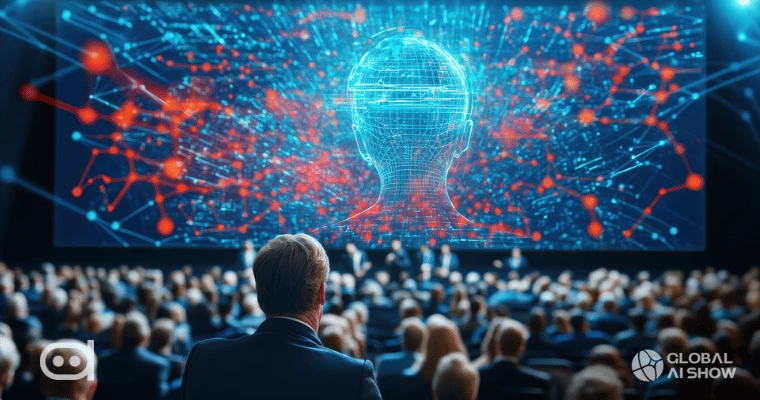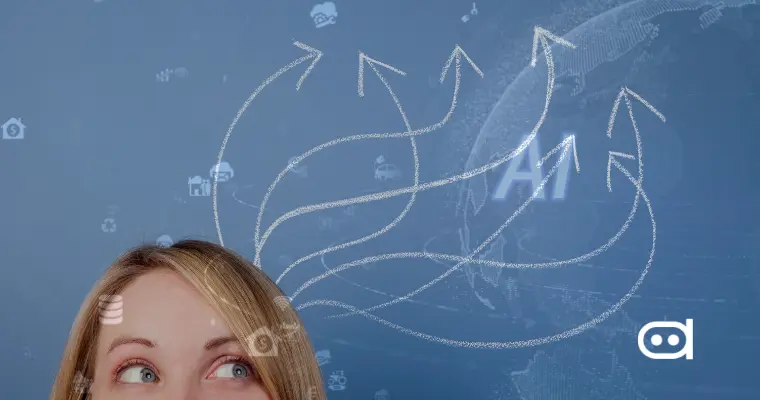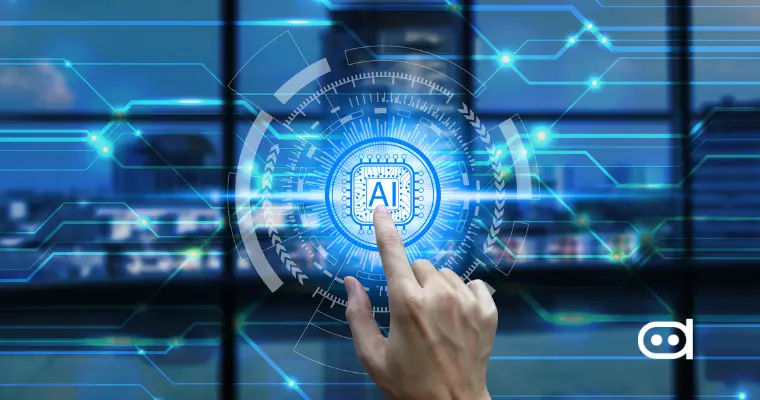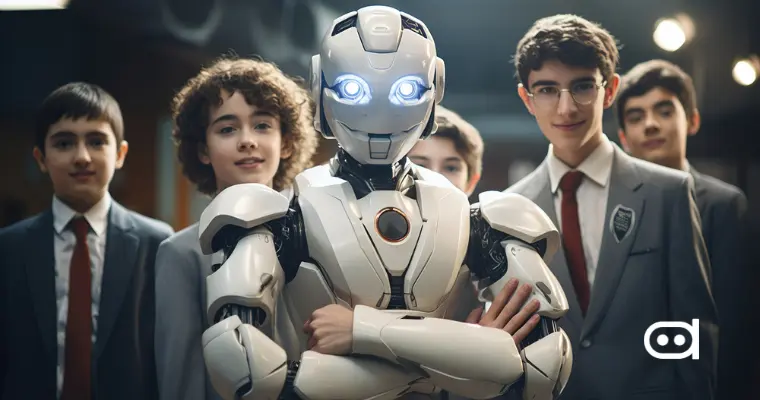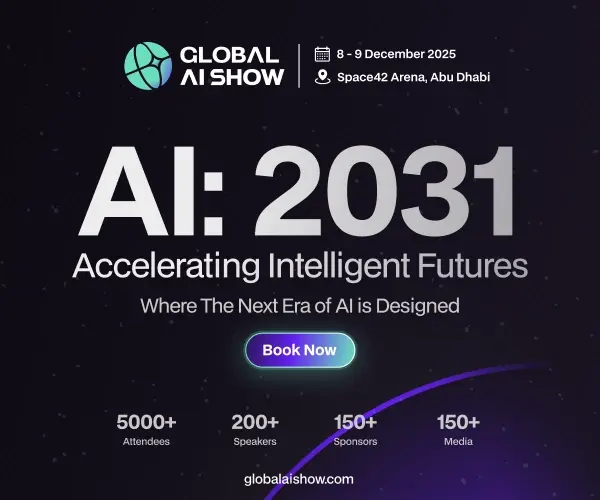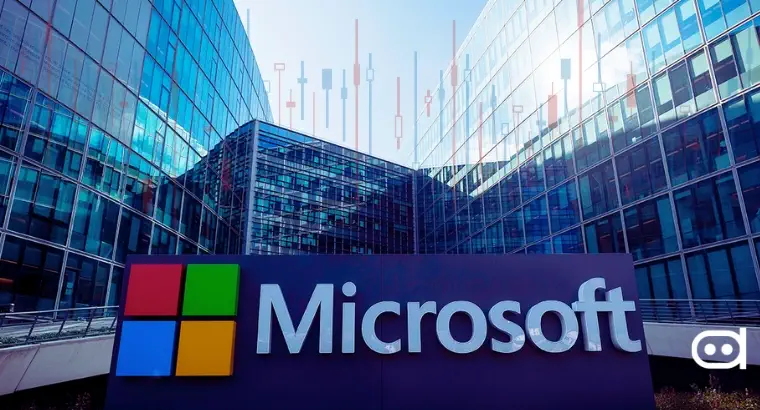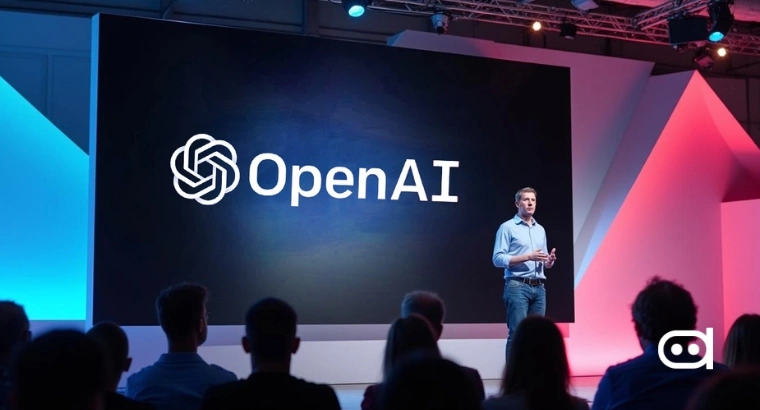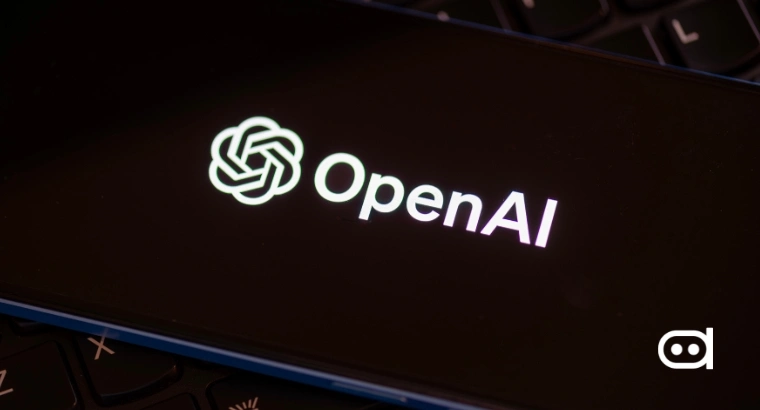
Artificial Intelligence (AI) has become a driving force in global digital transformation. Over the past few years, advancements in this field have accelerated, reshaping how businesses operate, how consumers interact with technology, and how societies prepare for the future.
Generative AI has already entered its next phase, delivering enterprise-level outputs across text, images, video, and code. Governments across the US, EU, and Asia have begun shaping clearer policies to address AI safety, transparency, and ethics. Meanwhile, open-source AI projects have surged, making powerful tools more accessible to startups and developers worldwide.
Looking forward, the next wave of AI innovation lies in Edge AI, multimodal systems, and seamless human-AI collaboration. Thanks to its surge in popularity, some of the top AI trends are finally shaping the future, helping decision-makers, innovators, and learners understand where the technology is heading and why staying ahead is essential
The Rise of Multimodal AI
Multimodal AI are systems capable of processing and creating text, images, audio, and video together, and is one of the key top AI Trends that will shape the industry moving forward. Multimodal AI models allow rich storytelling in content creation by combining visuals with natural language. Virtual agents can now respond to voice, chat, and video customer service interactions, providing more responsive and personalized customer service. Education is also redefined, where AI tutors can explain concepts using diagrams, speech, and interactive simulations.
Future AI Trends can be generalized under real-time interaction, realistic virtual agents, and robotics that perceive the world based on numerous sensory inputs. Multimodal AI is evolving rapidly with tools like OpenAI GPT-4 and Google Gemini, demonstrating the potential of applications that are more human, natural, and accessible in any industry.
Human-AI Collaboration: Redefining Roles
Artificial intelligence is gradually transforming the work environment by automating routine, data-intensive work that includes data entry, report generation, and customer queries. But this does not imply total substitution of humans. Instead, it emphasizes the transition to collaboration, in which AI performs efficiency-based tasks while humans perform creativity, strategic, and empathy-based decision-making.
For example, AI can process large amounts of data in seconds, but humans must process the insights in the context and act ethically. Likewise, automated customer experiences can be simplified through virtual assistants, but more complicated negotiations require human decision-making. This indicates that there must be collaboration between humans and AI to achieve sustainable progress. Companies embracing such a partnership will open the door to innovation, increased productivity, and trust in a future where technology is used to augment human potential, not merely to replace it. Keeping pace with AI trends beyond 2025 will be essential to shaping this balanced future.
AI in Industry-Specific Applications
Artificial Intelligence is no longer a one-size-fits-all technology. It has evolved in such a way that industries are using tailor-made solutions to deal with sector-specific problems efficiently. Whether it is healthcare innovation or retail customization, personalized applications that improve business performance and customer experience is shaping the future of AI.
Healthcare
AI is changing the game in healthcare by accelerating drug development, diagnostic aid, and robotic surgery. Platforms like IBM Watsonx.ai for Health offer clinicians advanced data-driven insights, whereas DeepMind AlphaFold 3 (2024) transforms the protein structure prediction process, accelerating treatment development. Pathology diagnostic tools like PathAI can improve diagnostic accuracy and provide earlier disease detection and more accurate care delivery.
Finance
Artificial intelligence is transforming fraud detection, predictive analytics, and algorithmic trading in the financial sector. Darktrace in Finance detects anomalies in transactions in real time, whereas Numerai Signals relies on crowdsourced data to make investment predictions. Upstart AI (2025 Edition) scales smarter credit decision-making, allowing lending to be more inclusive and less risky. Staying ahead of upcoming AI technologies will be critical for financial institutions aiming to remain competitive and future-ready.
Retail
Retailers are adopting AI to hyper-personalize, create AI-generated advertisements, and predict accurate demand. Tools like Vue.ai power personalized shopping experiences, while Lily AI refines product recommendations and Granify increases conversions through real-time shopper insights. Collectively, these tools are transforming customer experience and efficiency. These shifts mark a defining chapter in AI trends for 2025, where retail innovation is accelerating faster than ever.
Education
Adaptive learning platforms, AI tutors, and grading assistants are making education more efficient. MagicSchool AI (2025 Edition) will allow teachers to plan lessons specifically, whereas Khanmigo by Khan Academy will enable students to be tutored conversationally. Diffit assists educators in creating differentiated tasks that enhance learning in diverse classrooms.
Manufacturing
AI also leads to predictive maintenance, intelligent robotics, and automated quality assurance in manufacturing. Bright Machines Microfactories (Gen 2) simplify the production line, Instrumental.ai identifies defects accurately, and Vention MachineMotion 3 automates with adaptive robot systems. These are making factories more innovative, safer, and more efficient. Such breakthroughs are at the heart of tech trends in 2025, shaping the future of smart manufacturing.
Example-
Green AI: Driving Sustainable Innovation
As the urgency of climate change grows, researchers and industries are increasingly turning to AI as a tool for sustainability. Advanced climate models powered by AI now enable more precise predictions of extreme weather events and long-term environmental risks, helping policymakers and scientists plan more accurately.
In the energy sector, AI is being applied to improve the efficiency of smart grids, reduce waste, and support the integration of renewable sources into existing systems. It also contributes to the development of carbon capture technologies by analysing chemical processes and identifying ways to make them faster and more cost-effective.
At the same time, the technology itself is evolving to become less resource-intensive. Emerging algorithms are designed to use less computational power, reducing the overall energy footprint of AI applications. Taken together, these developments illustrate how AI is not only shaping technological progress but also aligning with broader efforts toward sustainability and resilience.
Autonomous Agents and AI Assistants
One of the most dynamic AI developments today is the rise of autonomous agents. AutoGPT, Devin, and Emerging Agentic Workflows are tools that can complete complex tasks autonomously, including research, operations, and personal productivity. These breakthroughs are also paving the way for new Edge AI trends that bring intelligence closer to devices and real-world applications.
These agents are an extension of the traditional chatbots because they can chain actions together, make decisions, and learn based on feedback with minimal human involvement. Their potential extends across industries, speeding up scientific discoveries, automating business processes, and acting as personal digital assistants.
However, this autonomy also comes with risks and control issues such as unintended behavior, bias escalation, and lack of responsibility. Human supervision, explicit ethics, and visible design will be essential to the responsible use of autonomous agents whilst enjoying their efficiency and intelligence.
The Evolution of Generative AI
Generative AI has rapidly evolved beyond basic text generation to creating full videos, 3D environments, and real-time interactive content. This development is opening up new opportunities in various sectors. Software such as Sora, Runway, Pika, and Synthesia are already expanding the frontiers of creativity by allowing anyone to create high-quality visual and multimedia content in a few minutes. In the case of entertainment and gaming, it entails immersive storytelling and worlds that respond to player decisions.
In education, educators will be able to create interactive classes using AI-created visuals, and marketers will be able to create personalized campaigns in large quantities. With more powerful generative AI, how individuals develop, learn, and interact will be transformed, with digital experiences more accessible, interactive, and cost-effective than ever. These shifts highlight the importance of understanding the AI forecast in 2025 to prepare for the next wave of change.
Conclusion
The top AI Trends of 2025 and beyond highlight artificial intelligence’s profound impact on industries and daily life. AI is developing faster than ever, including multimodal models and autonomous agents, generative content, sustainable innovation, and industry-specific applications. These advances show just how much potential AI holds and the responsibility to keep transparency, ethics, and human control at the core of adoption.
The future of AI will depend not only on what AI can do but also on the responsibility with which it is directed as technology continues to develop. To survive in this new age, companies, educators, and innovators must remain adaptive, ethical, and visionary, getting ready to live in a world where AI will be the tool and the ally in developing progress.
